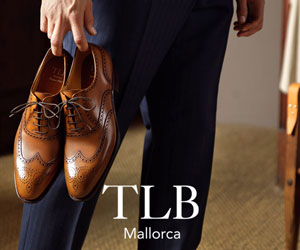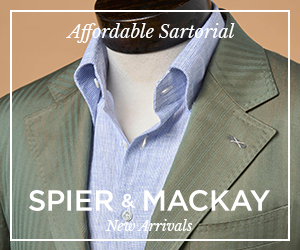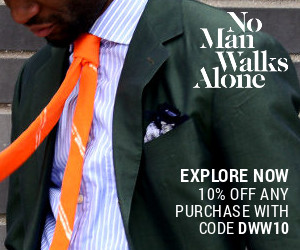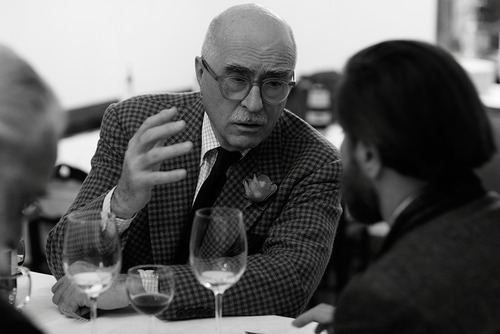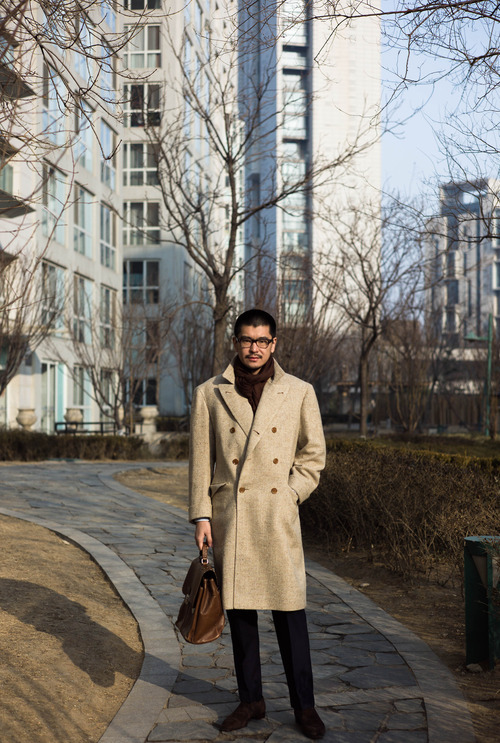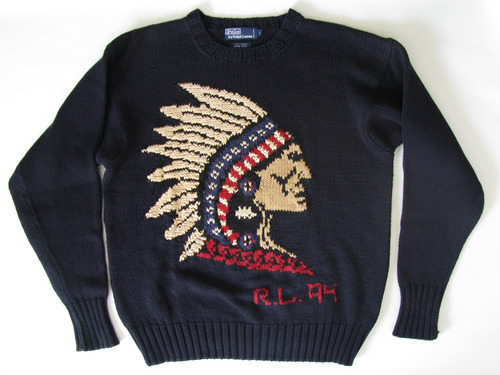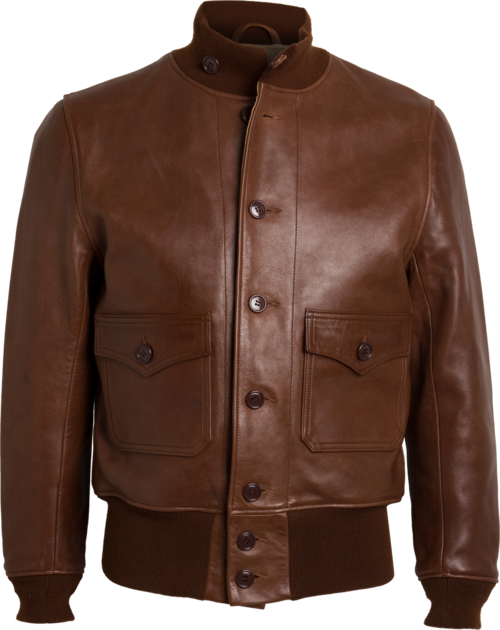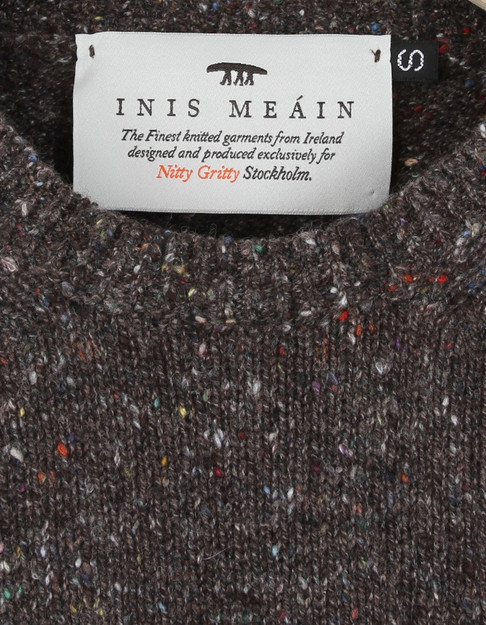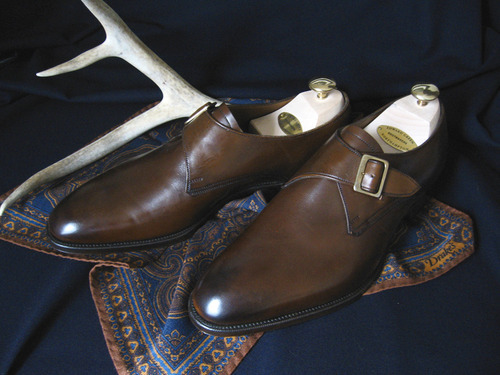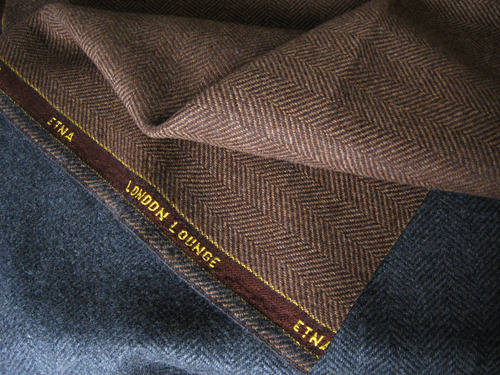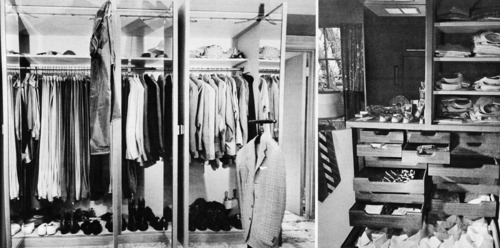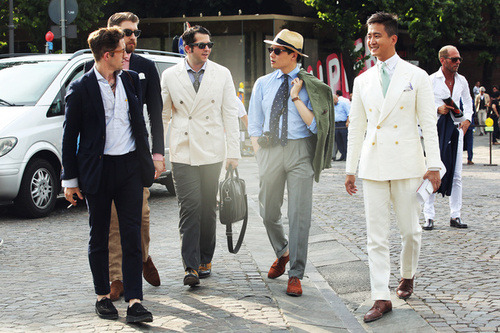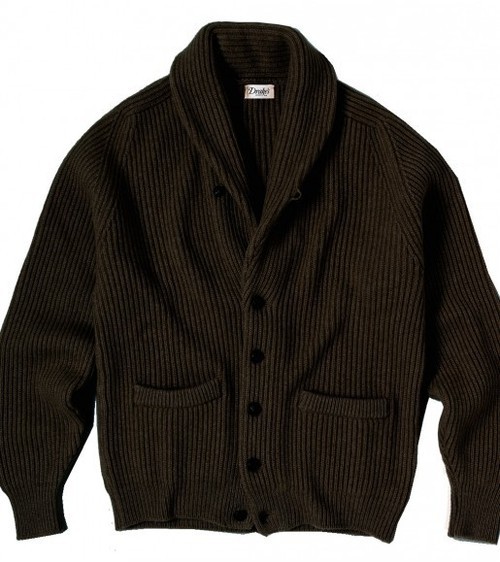
Drake’s released their fall/ winter 2013 collection yesterday. It hasn’t received that much fanfare on blogs yet (even in the ever-quick Tumblr-sphere), which is surprising given how many fantastic things there are.
Like last season, this collection seems to have a nice focus on textured neckwear. There are the traditional things, such as raw silks and tussahs in both solid and patterned designs, as well as plays on standards, such as variations on the traditional grenadine. In addition, there are some nice designs with a 1950s/ 1960s sensibility, such a fuzzy mohair blend and a range of boucles. The word boucle comes from the French word boucler, which means “to curl,” and it refers to how the yarns are formed. The fabric is made with a series of looped threads, typically with one being a bit looser than the others. This looser thread forms a small curled loop in the fabric, while the others form the anchors. The effect is a fabric that looks very textured and interesting, and feels slightly rough to the touch. I think of it as a fall/ winter version of raw silk and like to wear mine with tweeds.
Alongside their neckwear is Drake’s usual mix of other men’s accessories, such as their beautiful, finely woven scarves, which this season comes in a range of tartan, Fair Isle, Navajo, and Kelim patterns. I also lusted over their knitwear. Some of their Guernsey and Aran sweaters looked very much like those sold by Inis Meain, which makes me wonder if that’s not who manufactured them. There are also some Shaggy Dogs, cabled lambswools, and Shetland knits in birdseye and Fair Isle patterns. Oh, and the four-ply cashmere shawl collar cardigan pictured above, which is not new, but so great that I’ll use any excuse to use the photo.
Two big highlights for me include their sport coats and pocket squares. I believe this is their first season offering tailored jackets online, and I suspect if it goes well, we’ll see an expansion of offerings in the future (previously, the only way to really buy their sport coats is to go to their London store). This season’s selection of pocket squares is also quite exciting. I think it may be their best yet since their medieval prints many years ago.
Keep reading

